2021 News Archive
Highlighting articles from across industry, academia, medical research, and government that are relevant to TATRC's focus areas, mission and vision.
Some of these articles, websites, and hyperlinks are external and are not affiliated with the Department of Defense, and the Telemedicine & Advanced Technology Research Center.
The views, opinions and/or findings contained in this publication are those of the author(s)/company and do not necessarily reflect the views of the Department of Defense and should not be construed as an official DoD/Army position, policy or decision unless so designated by other documentation. No official endorsement should be made.
Reference herein to any specific commercial products, process, or service by trade name, trademark, manufacturer, or otherwise, does not necessarily constitute or imply its endorsement, recommendation, or favoring by the U.S. Government.
November 2021

What if vampires delivered blood instead of taking it away? That seems to be the key concept at work behind the Army’s latest idea to deliver life-saving blood to medics in the field via autonomous drones.
Read more
Near Earth Autonomy and L3Harris Technologies have successfully demonstrated an unmanned aircraft system (UAS) capable of autonomously delivering life-saving blood and other medical supplies hundreds of miles from operational bases to medics in the field.drones.
Read more
Near Earth Autonomy and L3Harris Technologies have announced a successful demonstration of an unmanned aircraft system (UAS) that can autonomously deliver life-saving blood and other medical supplies hundreds of miles away from operational bases to medics in the field.
Read more
NEXUS laboratory charts the future of medical performance.
It starts with chaos and so everyone acts accordingly. The Soldier picks up his radio and calls for air support—then motions to a buddy, who helps him carry an injured squad member about 50 yards away, setting up shop behind a barely-there wall of concrete blocks.
Read more
A nurse in Guam struggling to stabilize a COVID-19 patient got help within minutes from a physician at the Brooke Army Medical Center in Houston and a nurse at the Naval Medical Center San Diego.
Read moreSeptember 2021
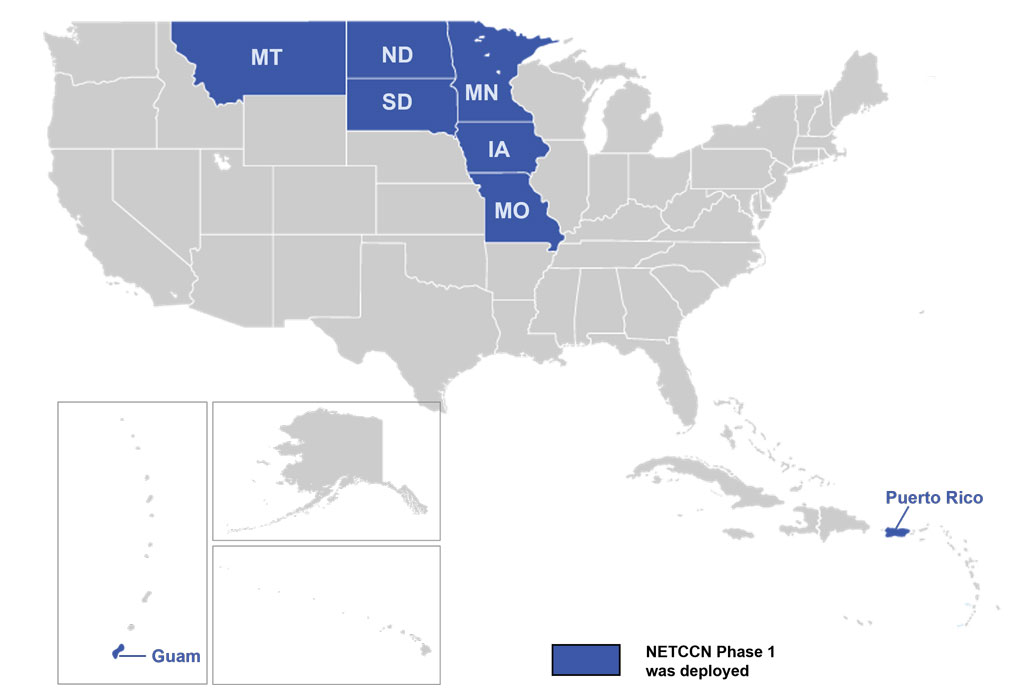
"Virtual Hospital" Capabilities Extend Scale and Impact of Tele-Critical Care for COVID-19
TATRC has awarded a total of approximately $2.8M in funding to three project teams to accelerate interoperability, remote control, and automation of mechanical ventilators and infusion pumps for integration into the National Emergency Tele-Critical Care Network (NETCCN) platforms in support of tele-critical care of COVID-19 patients.
Read more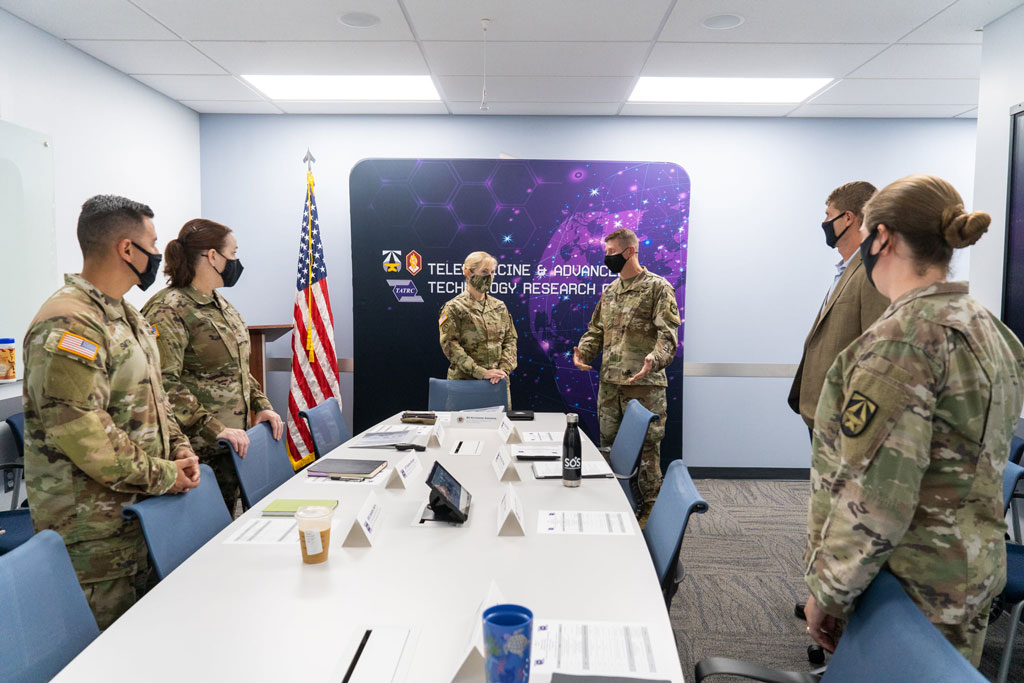
Earlier this past fall, Team TATRC had the privilege of hosting BG Katherine Simonson, Deputy Assistant Director, for Research & Development, J-9, at the Defense Health Agency for a briefing on our current and future projects and initiatives! After a comprehensive briefing with our Command team, BG Simonson was able to meet the medics and see our simulation scenario before she rolled up her sleeves to get hands-on with demonstrations from our Medical Modeling Simulation, Innovation, and Visualization (MMSIV) and Medical Robotics and Autonomous Systems (MedRAS) Divisions!
Read more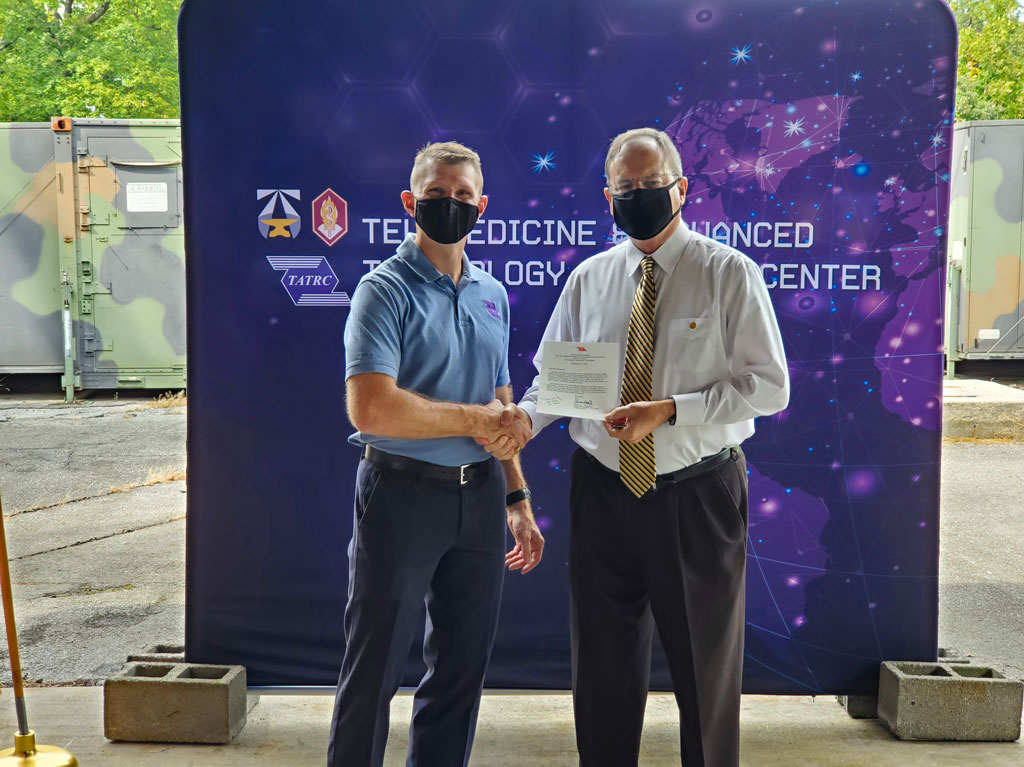
After 15 years of outstanding and meticulous accounting, our ‘Budget Brain’ and all-around Resource Management Maestro, Mr. Greg Dempsey, TATRC’s Chief Financial Officer, has officially retired! Throughout his tenure, Greg has been a devoted, beloved, and invaluable member of the TATRC family.
Read more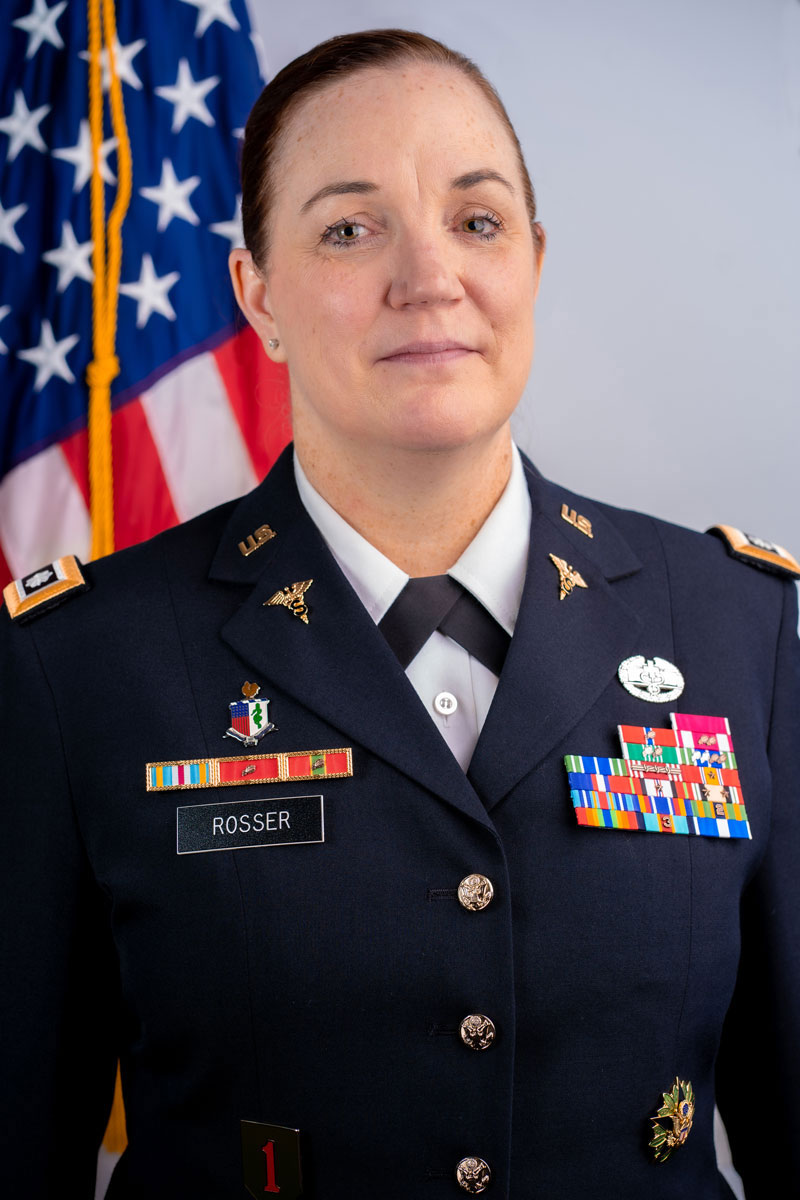
LTC Sharon L. Rosser has joined TATRC as our newest Deputy Director! LTC Rosser hails from Colton, South Dakota. She began her career, over 30 years ago, in the South Dakota National Guard between her junior and senior year of high school as a Combat Medic. After returning home from Advanced Individual Training at Fort Sam Houston, she was anxious to get life started and went to see the recruiter to join Active Duty.
Read more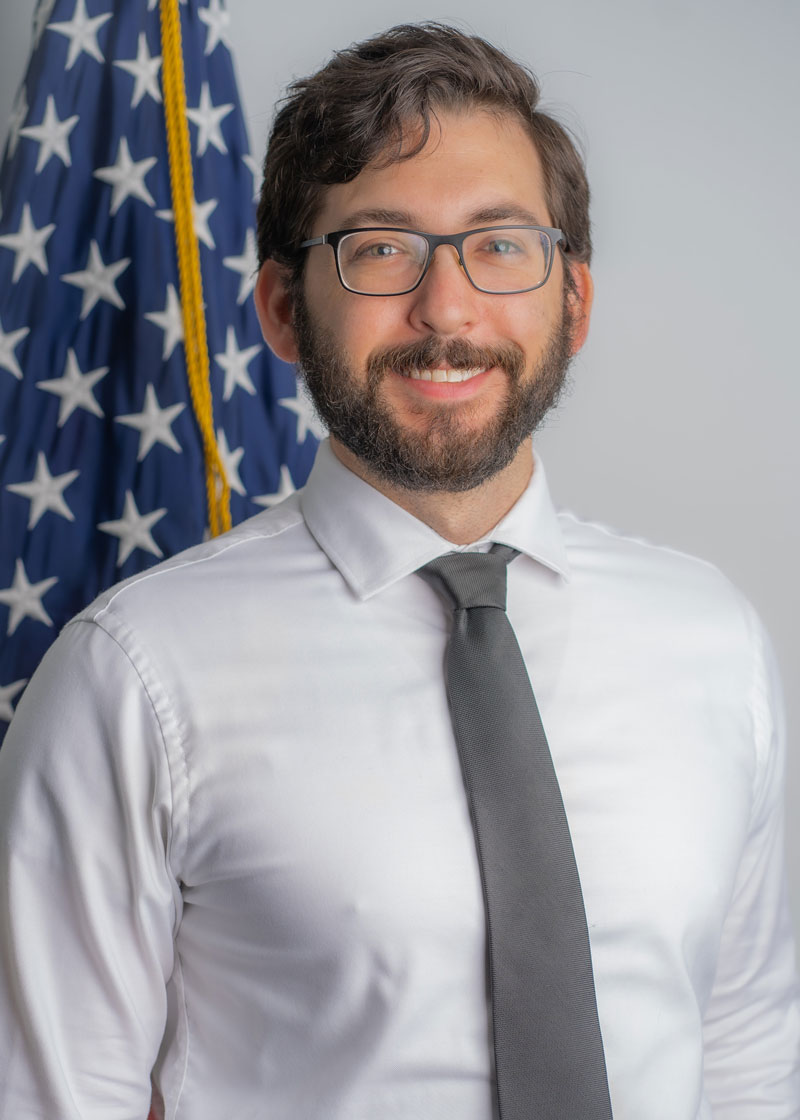
Benjamin Knisely, Ph.D., joins TATRC’s Science Cell as a Human Factors Engineer. He serves as a contractor supporting Mr. Matt Quinn, and the rest of the Science Cell. In this role, Dr. Knisely will work to provide human factors guidance on various projects across programs and to identify broader trends regarding human performance and military healthcare systems design.
Read more
Ms. Tiffany Williamson, the Administrative Assistant and “glue” for our Digital Health Innovation Center (DHIC) at Fort Gordon, GA is TATRC’s newest Employee of the Quarter for the 4th Quarter FY21.
Read more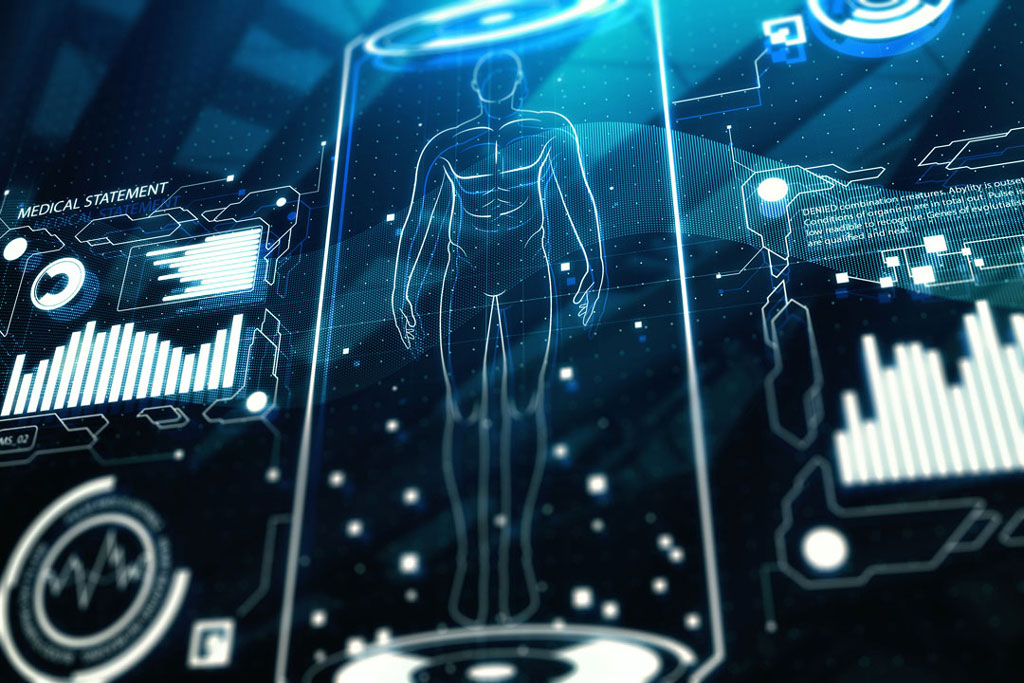
Data, and data collection, is an essential component to TATRC’s mission of fusing data, humans and machines into solutions that optimize Warfighter performance and casualty care.
Read moreJune 2021

On June 22, the U.S. Army Medical Research and Development Command hosted a Change of Command ceremony at Fort Detrick, Maryland, during which the responsibility of USAMRDC and Fort Detrick was transferred from Maj. Gen. Michael J. Talley to Brig. Gen. Anthony L. McQueen. The event was officiated by Gen. John M. Murray, Commanding General of the U.S. Army Futures Command.
Read moreMay 2021
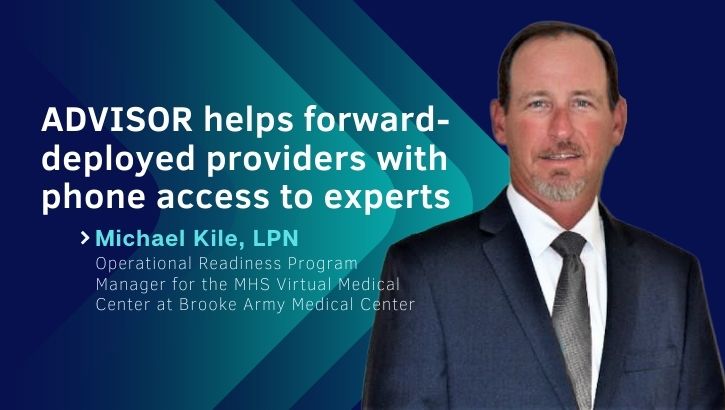
U.S. military medical personnel often serve in remote operating locations with limited external communications and often a sparse health care infrastructure. Traditional land-line phones remain their primary connection to the outside world.
Read more
For U.S. military medical personnel who often serve in remote operating locations with minimal communications and health care infrastructure, their only connection to the outside world is phones.
Read moreApril 2021

In the wake of the COVID-19 crisis, the Telemedicine and Advanced Technology Research Center continues to develop technology that increases medical capabilities and provides rapid, flexible critical care expertise at the point of need.
March 2021
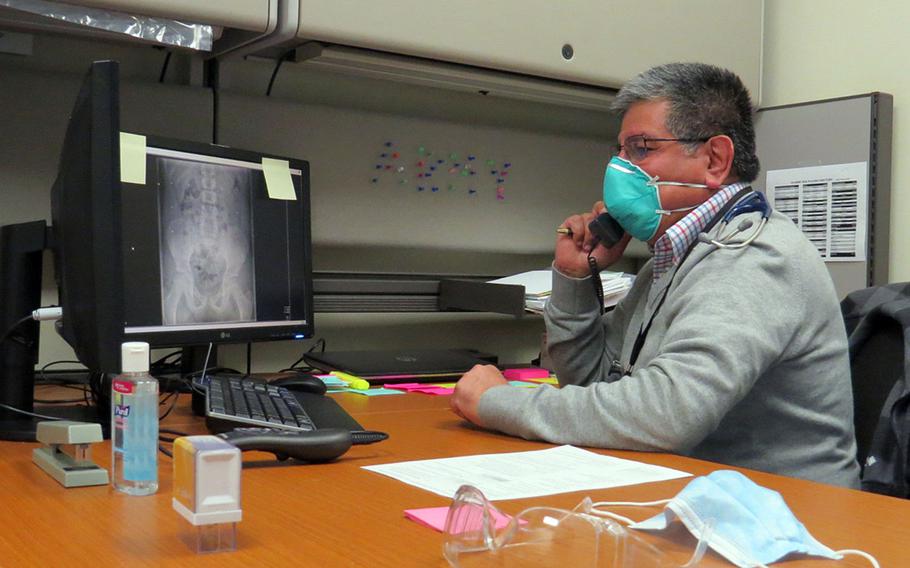
The U.S. military has seen a surge in the use of virtual medical care, as patients avoid doctor’s offices and health care workers work to minimize their exposure to the coronavirus.
The Defense Health Agency long planned to expand its use of telemedicine, which could include everything from a nurse displaying an X-ray of a soldier’s broken foot and discussing rehabilitation, to doctors in different countries diagnosing cancer.
January 2021
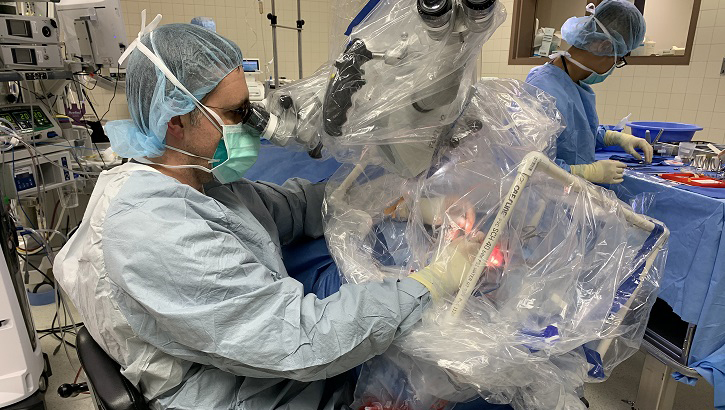
Operational medicine performed by deployed military medical personnel has always driven innovation, and this was more important than ever in responding to the COVID-19 pandemic.

The Army is examining ways to use autonomous vehicles to bring injured soldiers off the battlefield.
In September, Pennsylvania-based company RE2 Robotics received $1.1 million in Small Business Innovation Research funding from the Army Telemedicine and Advanced Technology Research Center to work on a dexterous two-arm system called the Autonomous Casualty Extraction, or ACE.
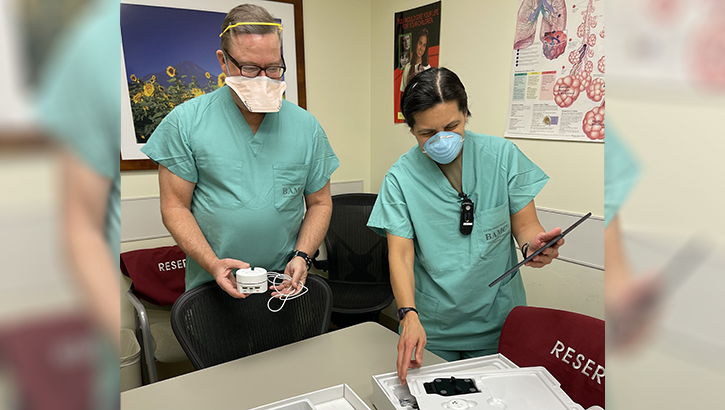
Kathlyn Chassey was shocked when she was diagnosed with COVID-19 after experiencing a low-grade fever and a bad headache.
A former lung transplant recipient, Chassey had been staying close to home for months to avoid the respiratory risks associated with the virus. She figured she had an infection or the flu when she arrived at Brooke Army Medical Center’s Emergency Department at Joint Base San Antonio-Fort Sam Houston in Texas.